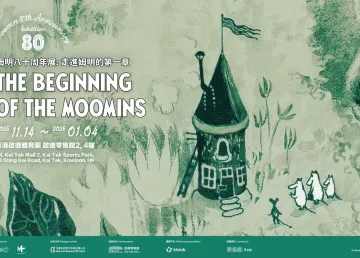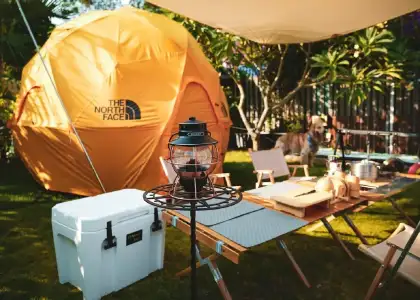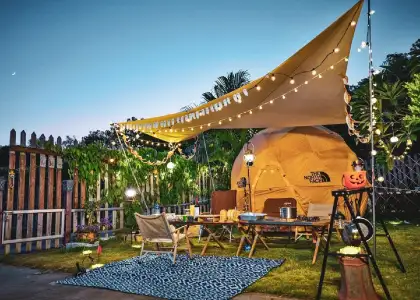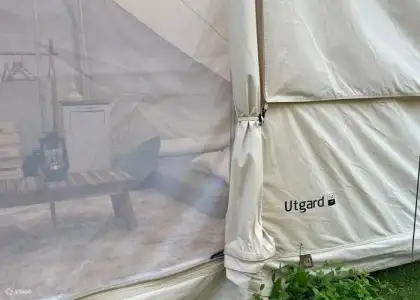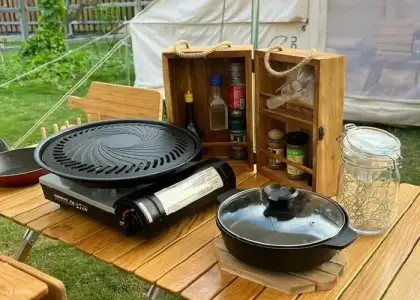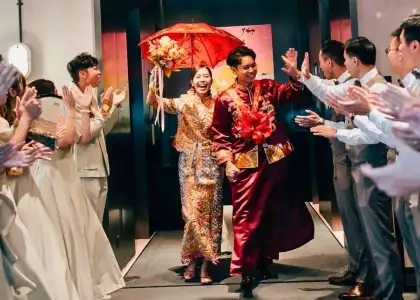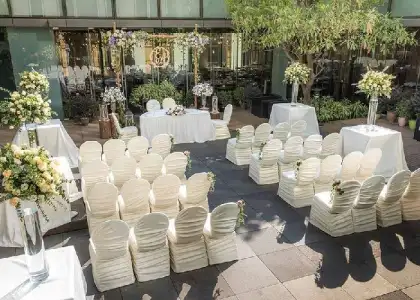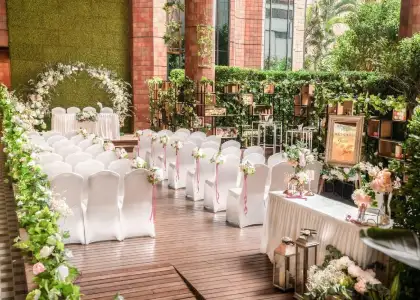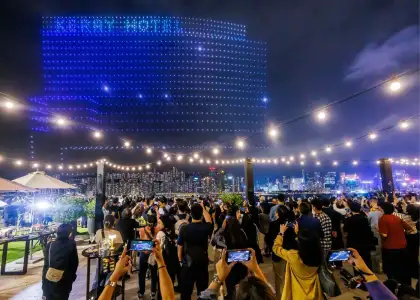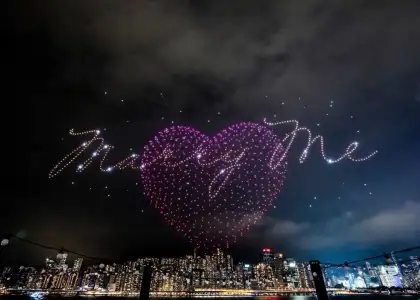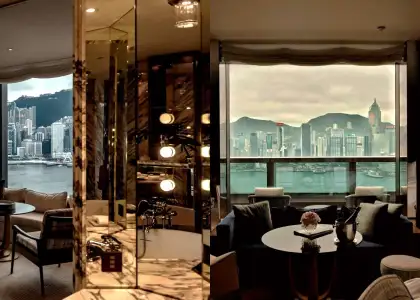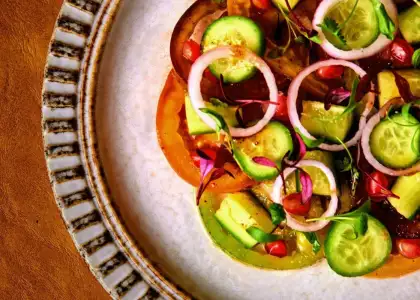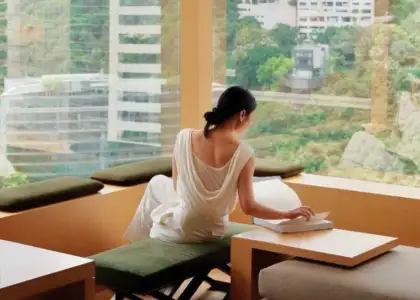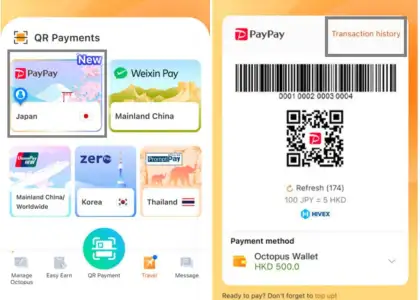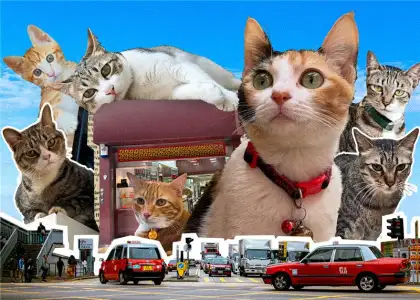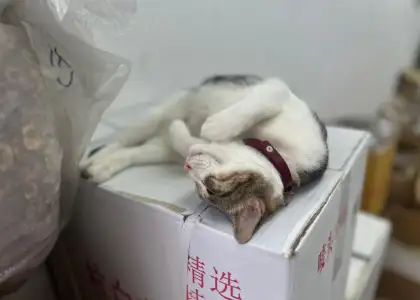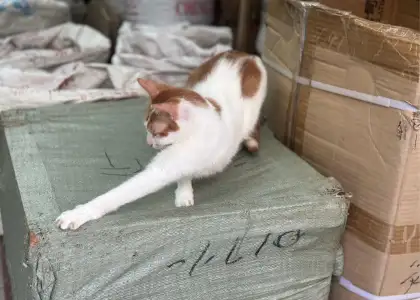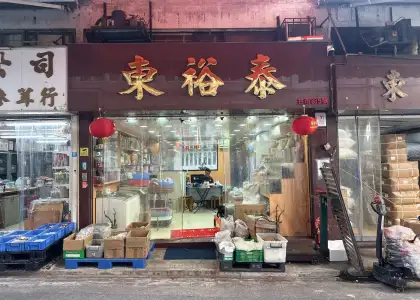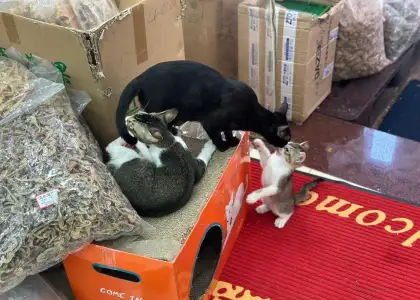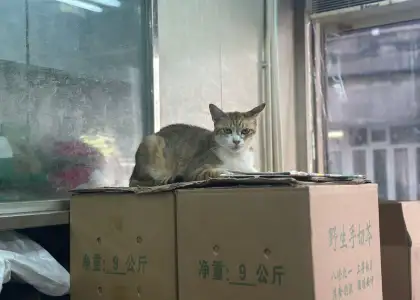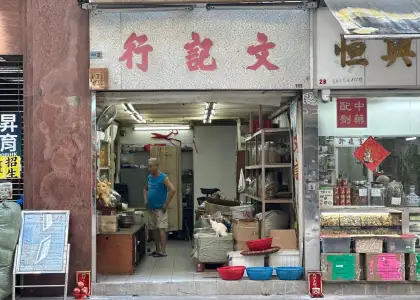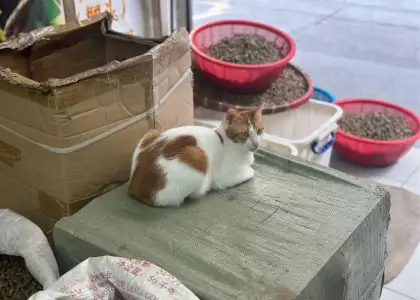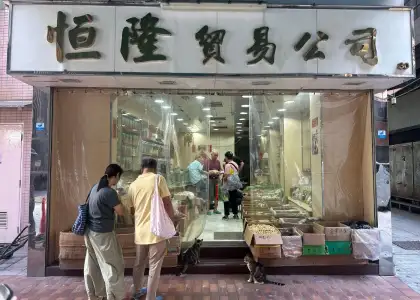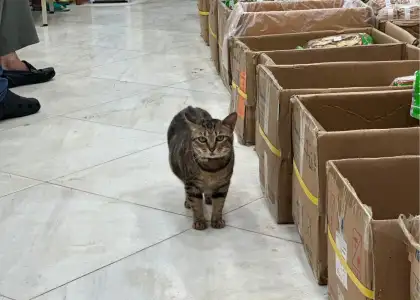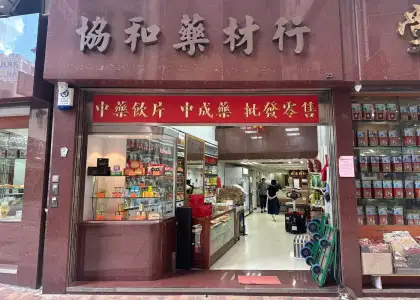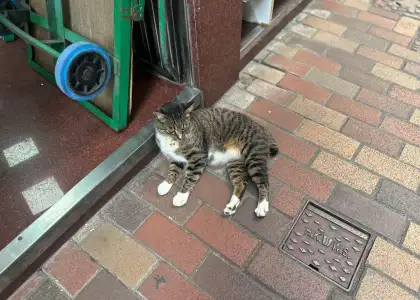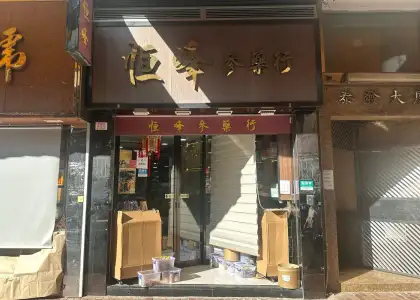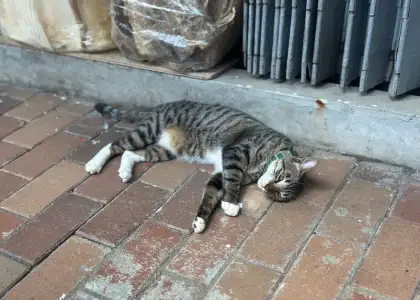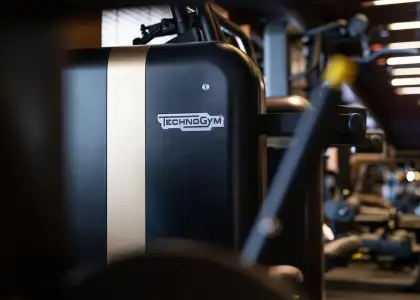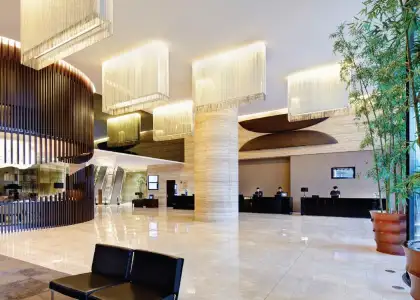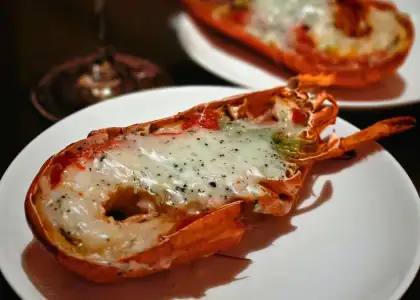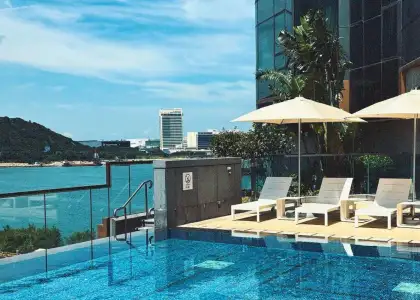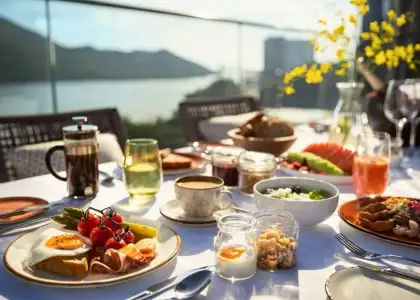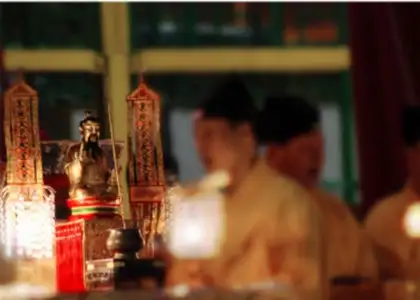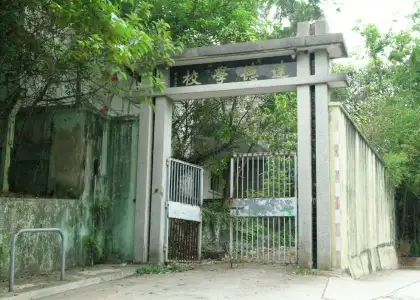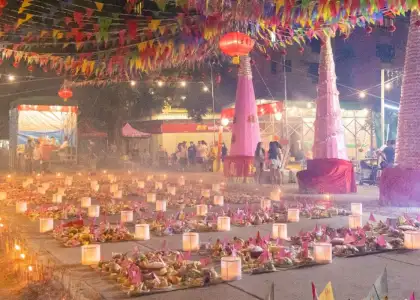Cantonese Phrases You Need to Know Before Travelling to Hong Kong
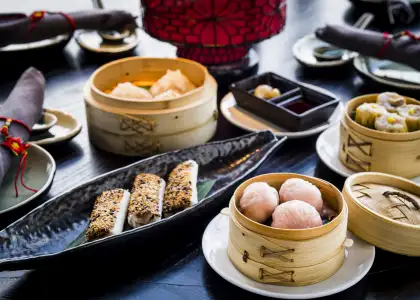
Nei hou ma (你好嗎)? Though ubiquitously plastered in every guidebook or tacked onto the introductions in travelogue videos, this greeting is in fact a clear marker branding someone as a tourist. Though Hong Kong is a city that is conveniently in large part bilingual, thanks to a history of accommodating international communities for trade, there’s quite a few terms to have up your sleeves that’ll draw in some extra smiles and helping hands over the course of your trip.
Check out our local-approved guide to learn the most common survival and everyday Cantonese phrases to keep in your arsenal of travel essentials when visiting Hong Kong!
唔該 Mm4 Goi1 – “Excuse me/Please”
When it comes to describing what exactly the function of “唔該Mm4 Goi1” serves in everyday use, it’s still a bit of a head-scratcher even for those that use the term instinctively. More often than not, the purpose of “唔該Mm4 Goi1” is a prefixed “please” or “excuse me” for contexts in which you are requesting assistance, asking for information, or to simply ask someone to give way.
On the other hand, “唔該Mm4 Goi1” can also be used in substitution of a thank you when someone performs an action to service or help you. So, the next time you are seated and snug in your seat at a local street-side Cha Chaan Teng (Hong Kong-style diner) and a waitress brings you your piping hot order of pineapple bun and milk tea, feel free to break out a “mm goi”.
Another term to mean “thank you” is 多謝 (Dou1 Jeh6), it also means “Thank you”, but in a more formal expression of gratitude, it usually only makes a special appearance when someone presents you with a gift or to thank people for doing a special favor. You should say “mm goi” to people who provide you service such as drivers, cashiers and waiters and “多謝Dou1 Jeh6” when receiving compliments or gifts.
好食/味 Hou2 Sik6/Mei6 – “Tasty”

Literally translated to “good eat” or “good flavour,” this is a cracking compliment to dole out to let everyone know the food you’re tucking into really hits the spot. Try saying “好好味/食Hou2 Hou2 Mei6/Sik6” to give it an extra mile, doubling up the “好 Hou2” makes the sentence into “good good eat”, which means the dish you’re eating is very delicious. When it comes to asking for what to order, we’ve got you covered – check out these unmissable dishes to try in Hong Kong.
“…” 喺邊度 Hai2 Bin1 Dou6? – Where is “(a place)”
On top of all the must-see sites throughout the city, there are several few “attractions” that every single type of tourist is bound to become acquainted with when visiting. Here’s how to navigate your way to different places:
廁所 (Ci3 So2) means the bathroom. Bathrooms are usually located in shopping malls, Fastfood shops or the metro station, however if you suddenly have an urgent situation when strolling around the Hong Kong city streets this word comes in handy for you to find the nearest bathroom.
地鐵 (Dei6 Tit3) means the underground metro, or more commonly known as the MTR. The city has the busiest network of subways that can literally take you anywhere, so whenever you are lost in the middle of the hustling city, ask for a “地鐵站Dei6 Tit3” to get yourself back to the station and make your way to your accommodation or your next destination.
呢度 (Nei1 Dou6) means “this place”, use this word in a situation when you only have the address or the google map's location on hand, you can then point on the location with the accompaniment of a map or to orient yourself in the moment.

識唔識英文? Sik1 Mm4 Sik1 Ying1 Man2 – Do you speak English?
Hong Kong is an international trade hub, where many of the population are usually bilingual. If you need more specific help and are n’t sure whether people can speak English, feel free to ask this phrase for easier communication.
唔要/洗 Mm4 Yiu3/Sai5 – “I don’t want it/that”
Don’t forget to visit seafood restaurants near the shore with fresh seafoods sold in nearby markets. However, the hawkers will often ask you to buy more or recommend you buy things that are higher in price, don’t hesitate to reject them by “唔洗Mm4 Sai5” or “唔要 Mm4 Yiu3” if they hand you items that you are not interested in.
埋單唔該 Maai4 Daan1 Mm4 Goi1 – “Cheque please”
“埋單Maai4 Daan1” literally translates to “conclude the receipt” and it means to have the waiter giving you a cheque for the meal. Recap on “唔該Mm4 Goi1”; it means “please” and is used when people do an act of service. Put “唔該Mm4 Goi1” after “埋單Maai4 Daan1” to ask for the bill when finishing a delicious Dai Pai Dong (Street Food Hawkers) or Cha Chaan Teng meal, and the waiter will then give you the bill for payment. Note that you do not have to give any tips in Hong Kong, but most restaurants have a mandatory 10% service charge on the whole menu.
唔好意思 Mm4 Hou2 Yi3 Si1 – “Sorry”
It gets really crowded on the streets during holidays and rush hours in Hong Kong and it’s normal to bump into people, but if it ends up feeling like a misunderstanding or inconvenience, remember to say “唔好意思Mm4 Hou2 Yi3 Si1” to express your apologies. “唔好意思Mm4 Hou2 Yi3 Si1” also means “Excuse me”, you can use this phrase to ask for help or if you know you are going to enter a commotion. .
靚仔/女 Leng3 Zai2/Neoi5 - “Handsome Guy/ Beautiful Lady”
Means “Handsome Guy” or “Beautiful lady”, it is a phrase that you will often use or hear when in markets, Dai Paai Dong or Cha Chaan Teng. Locals love using this term to call anyone just to get their attention, despite their age or how ‘Leng’ they really look. Next time when you’re ordering in a restaurant and the waiter is not reacting to a “唔好意思Mm4 Hou2 Yi3 Si1”, then loudly say “靚仔唔該 Leng3 Zai2 Mm4 Goi1” and the waiter will instantly come find you.
Bonus saying!
得閒飲茶 Dak1 Haan4 Yum2 Cha4 – “Let’s yum-cha when we’re free”
Dim Sum is the essence of Hong Kong and Cantonese cuisine. People often refer to “飲茶Yum2 Cha4” to mean a nice chatting session within a meal. Though it means “Let’s yum-cha when we’re free” in essence, it has the connotation of “Let’s catch up or hangout someday”. Next time you see a good old friend, break the ice with a “得閒飲茶Dak1 Haan4 Yum2 Cha4” to catch up with them.
Want to find the best events in Hong Kong right now? Check out The Beat Asia’s guide featuring everything from parties, workshops, activities, deals, and more - click here.
Get the latest curated content with The Beat Asia's newsletters. Sign up now for a weekly dose of the best stories, events, and deals delivered straight to your inbox. Don't miss out! Click here to subscribe.


